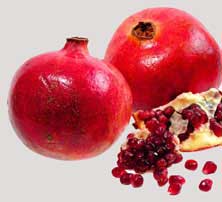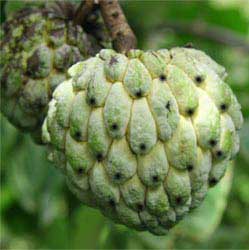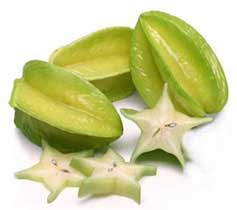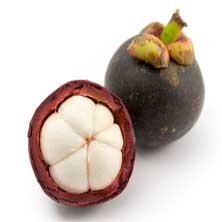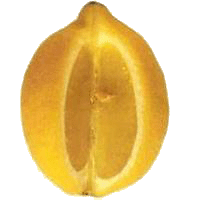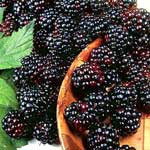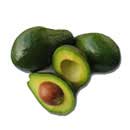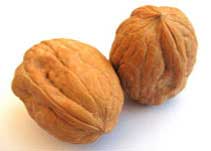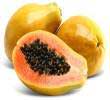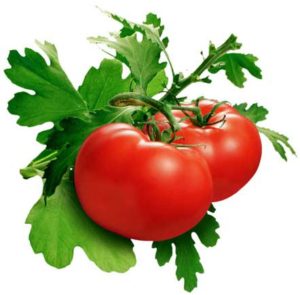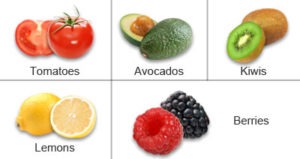“Depression recovery- nutrition’s role”
The role of nutrition in mental health is enormous. To help manage depression, a holistic approach to diet is vital together with general treatment plan. The contribution of food in the management, development and prevention of specific mental health issues is considerate. Be it depression, schizophrenia, attention deficit hyperactivity disorder or Alzheimer’s, when you eat right, then it is very sure that you will feel right.
To reduce the risk of relapse and to build up the stamina that your body requires, it is imperative that you combine your diet into a holistic treatment plan. With this regards, it treats your mind and body while helping you relieve the mental stress.
The lack of vital nutrients in diet can be responsible for intensifying the symptoms of some pre-existing mental health conditions.
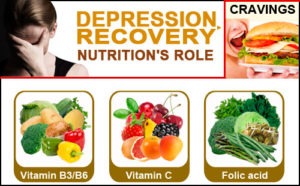 The reaction to stress differs. Do you reach for a palate of French fries or a bowl of ice cream when you feel low? Stop that and start taking fresh fruits and vegetables the next time and you are sure to feel better. Now let us take a look at the list of fruits and vegetables that helps fight depression.
The reaction to stress differs. Do you reach for a palate of French fries or a bowl of ice cream when you feel low? Stop that and start taking fresh fruits and vegetables the next time and you are sure to feel better. Now let us take a look at the list of fruits and vegetables that helps fight depression.
A research study conducted in UK discovered that people who consumed more fruits and veggies were less likely to show signs of uneasiness, nervousness, dejection, and other mental disorders.
Take more fresh veggies in the afternoon, go for healthy dips and practice the habit of doing things that you love.
The B vitamins, be full of nutrients while maintaining well-being and combat depression.
Depression:
Vitamin B3/B6- Watercress, cabbage, peppers, potatoes, squash, courgettes, mushrooms, broccoli
Vitamin C- Strawberries, oranges, kiwi, pineapple, cranberries, satsumas, grapefruit, cherries, blackberries, mango.
Folic acid-Spinach, lettuce, asparagus, sprouts, parsley, broccoli, green beans.
Craving:cravings for junk food are your body’s way of telling that you be deficient in nutrients. In general, cravings take place late in the day; while dieting or stressed or bored, most of us crave for sweet, salty and fatty foods like fries and ice creams. Next time when you get this feeling, go healthier, consuming healthy snacks will curb these desires. If at all, you are not able to control, take a small portion of what you crave, this may satisfy and won’t let you stuff yourself.
You are what you eat, so eat right and feel right!
Having said all that, combining your diet into a holistic treatment plan also includes regular exercise, engaging yourself in desired activities and timely medication. Finally to conclude, a good diet helps you combat depression, while helping you gain more energy, improve your mood and maintain your weight.
Note– As you plan to change your diet; do consult with your general practitioner or dietician regarding this. Before making any significant changes to your meal plans, you need to ensure that your diet is balanced. This is because, if you’re suffering from any severe ailments, then the nutritional intervention may impede you routine, so consult your doctor.











